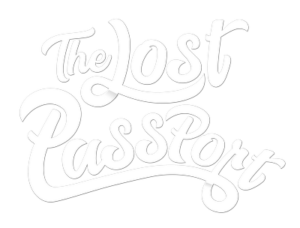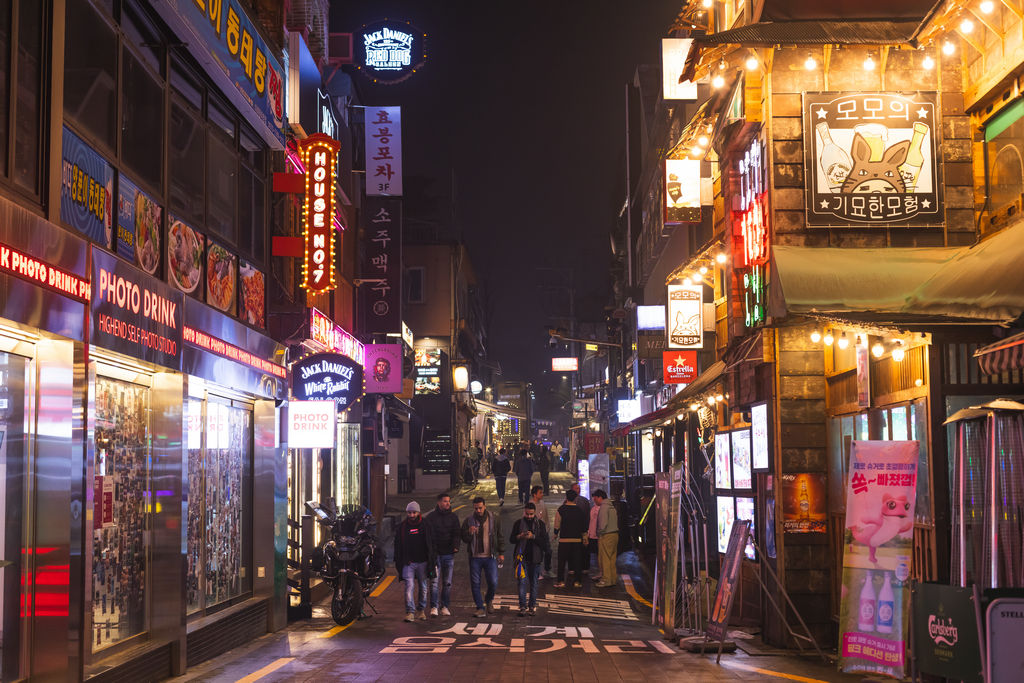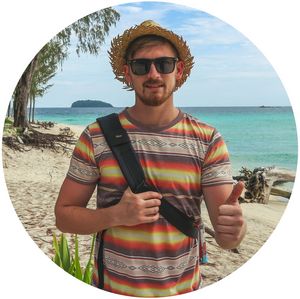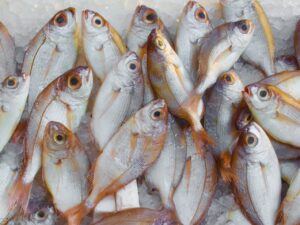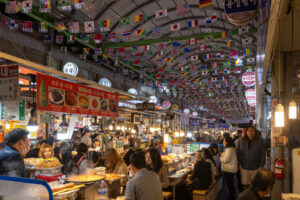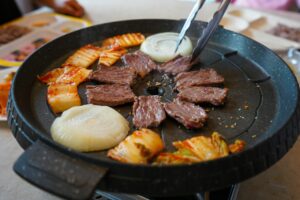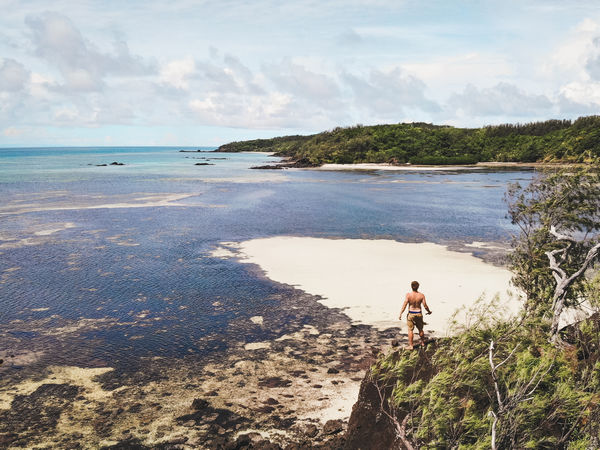Seoul is an ultra-modern mega-city that just doesn’t feel like one. I’d expect most mega-cities to be hectic with traffic jams and crowded streets, smoggy skies and on overwhelming concrete jungle of skyscrapers.
Surprisingly, Seoul doesn’t really come with any of these drawbacks. At least from what I have experienced during my stay.
Instead, the city is so well connected by a massive network of public transport routes. Electric vehicles and charging stations are a common sight. Side roads and small alleyways are neon lit and packed with independent stores yet seemingly far less chaotic than in Southeast Asia.
Throughout the city, Seoul still retains its charm with age old palaces and temples, historical monuments, and expansive parklands a common sight.
After exploring Seoul for 9 days, I already started feeling like a local and was quite reluctant to leave. While I explored far more than can be fit into this article, here I’ve summarized my top 12 things to do in Seoul.
Note: This article focuses on destinations in Seoul itself, rather than surrounding attractions which I’ve detailed in separate posts.
Top Things to do in Seoul
1. Gyeongbokgung Palace
We’re starting with one of the most iconic destinations in Seoul. Gyeongbokgung Palace was originally built in 1395 during the Joseon Dynasty. It has since been destroyed twice, once in the late 15th century by a fire, and once in the early 20th century by Imperial Japan. It was finally restored during the 1990s to the state it is today.
The palace complex and its gardens cover over a huge 40 hectares, so I suggest you allow at least two hours to explore. During the Cherry Blossom season you will find many trees in full bloom drawing crowds. The crowds around midday can be a bit hectic, but start to disperse by around 4pm.
- Opening Hours: 9am to 6pm, 7 days a week
- Entry Fee: 3,000 KRW
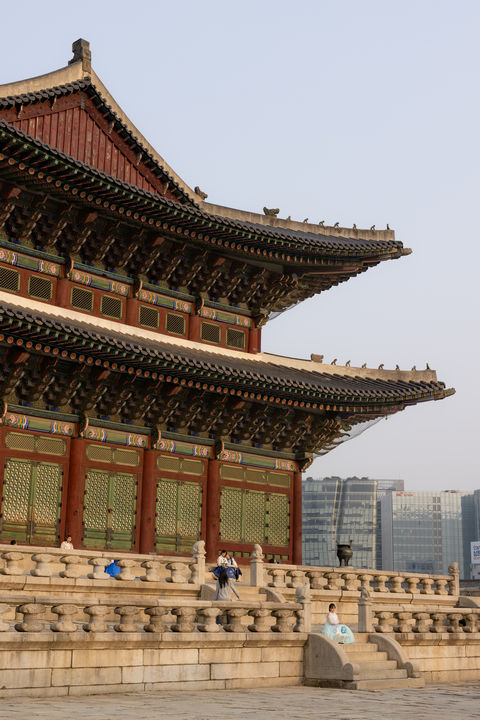
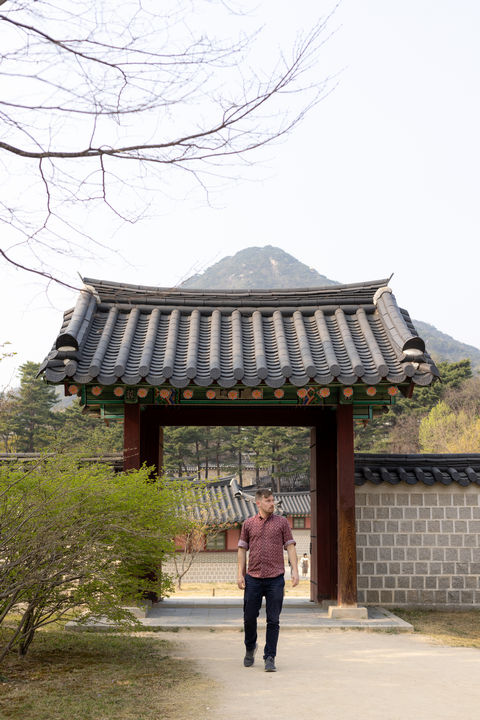
2. Changdeokgung Palace
Another long name, another beautiful palace. The Changdeokgung Palace was originally built in 1405, and was also damaged by a 15th century fire. However, unlike its neighboring palace, was not demolished by Imperial Japan in the 20th Century. As a result, this palace retains more of its original structures and is listed a UNESCO World Heritage site.
The Changdeokgung Palace grounds will only take an hour to explore. However, you could easily continue for another couple of hours with the adjacent Changgyeonggung Palace and the expansive Secret Garden.
It is easy to get between each palace ae on foot, so I recommend exploring the palaces on the same day.
Tip: If you’re interested in visiting multiple palaces consider buying the 4-in-1 admission ticket as it is cheaper and will save you waiting time. Also please note that to visit the Secret Garden you’ll probably need to book in advance, it was sold out the day I arrived unfortunately.
- Opening Hours: 9am to 5.30pm (up to 6pm depending on the season). View official page here.
- Entry Fee: 3,000 KRW
3. Cheonggyecheon Stream
This little river running right through the heart of Seoul’s city life is a total gem. The water here is incredibly clear with lots of reedy plants and grasses attracting fish and bird life. In the early mornings you will find Seoul locals going for their daily run, while on a nice summer afternoon it is the perfect hangout spot for a cold beer or Maekgoli (Korean rice wine).
Interesting fact: the Cheonggyecheon Stream was a dirty trash lined stream under a highway overpass until the early 2000’s. The then city major decided to bring this spot back to life, and what a success it is!
4. Insadong Street
On a map you could easily assume Insadong Street is just thoroughfare from Cheonggyecheon Stream to the Gyeongbokgung Palace. However, you’ll quickly learn there’s so much more to explore and discover.
Hidden down seemingly empty back alleys you’ll find galleries like the Maru Art Centre featuring local artists and photographers which is free to entre and wander around. There are shopping centers packed with independent stores such as Ssamziegil Shopping Complex, and of course loads of great food to indulge on.
While Insadong Street is accessible 24/7 as a public space, it is best to visit during the day when most of the stores are open and the crowds are lively. Later in the night you’ll find the street is quite lifeless.
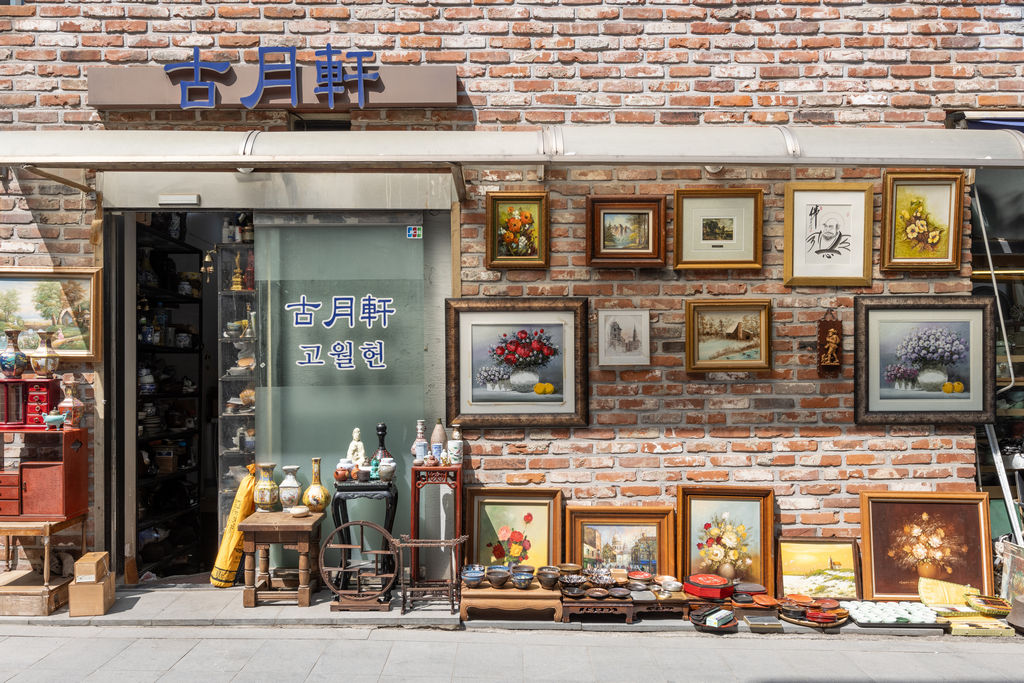
5. Bukchon Hanok Village
The Bukchon Hanok Village is the perfect contrast between old and new Seoul. Here narrow alleys wind up the hills through 600-year-old terracotta tiled roof buildings. At the top of the village, you’ll be blown away by the views looking back over Seoul’s modern Gwanghwamun CBD.
The Bukchon Nanok Village can be visited day or night as the roads are public spaces. While there are more stores and crowds during the day, I personally found it best to visit around dusk when you will get a photogenic view of the modern Seoul city lights switching on with a colorful sunset backdrop, less the crowds.
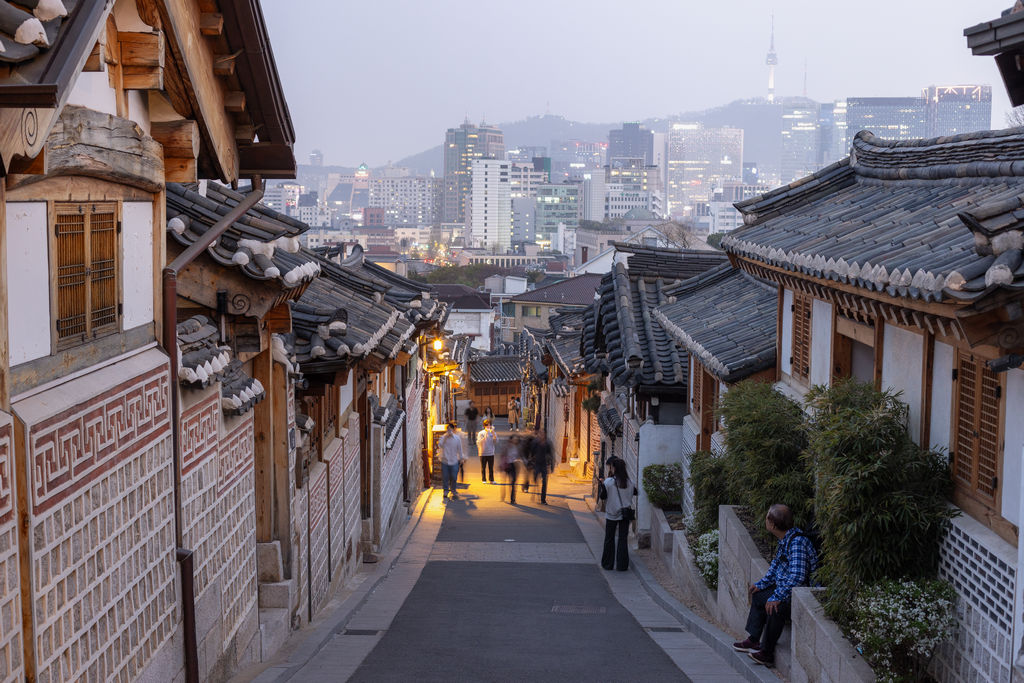
6. Itaewon Street
If you’re a fan of the Netflix based Korean drama series Itaewon Class (I certainly am), then you’ll have heard of Itaewon Street. This street is not one of those tick the box and move on filming locations, but a happening district buzzing with both locals and tourists.
Narrow neon lit alleys are lined with tiny bars, Korean eateries, and lots of other interesting buildings. Itaewon Street is well worth a night out even if you’re not a party goer.
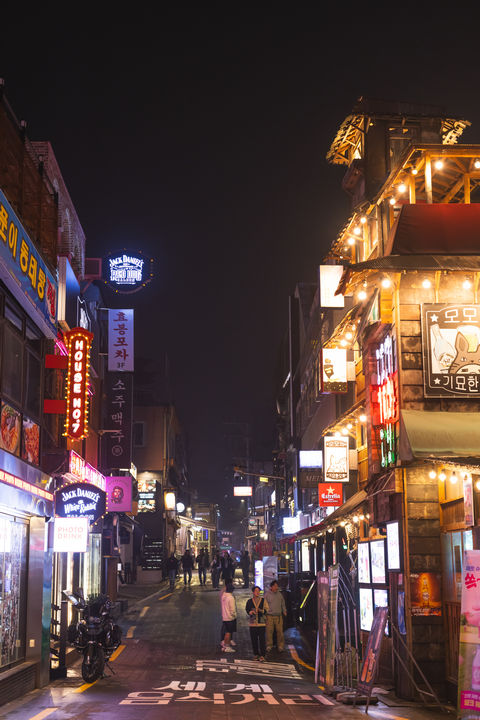
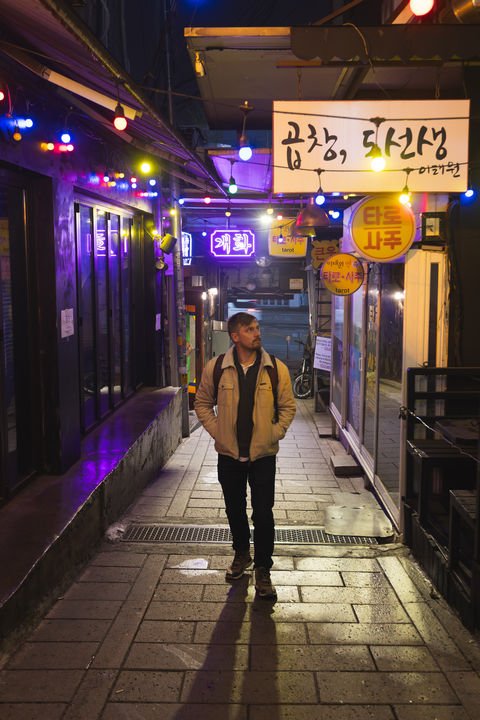
7. Namsan Mountain
Namsan Mountain offers the best viewpoint of the sprawling megacity of Seoul. With almost 360 degree views you’ll quickly realise how just how huge this home over 10 million inhabitants it. For the best views you should visit either at sunrise or sunset, however, hiking up the mountain in the middle of the day is still totally worth it.
There are two ways to get to the viewpoint at Namsan Mountain; walk all the way up which takes about 45 minutes one way depending where you start, or take the cable car up in just a few minutes from Myendong Station.
My suggestion. Walk up and take the cable car down. You’ll appreciate the views more and get your daily exercise fix in no time!
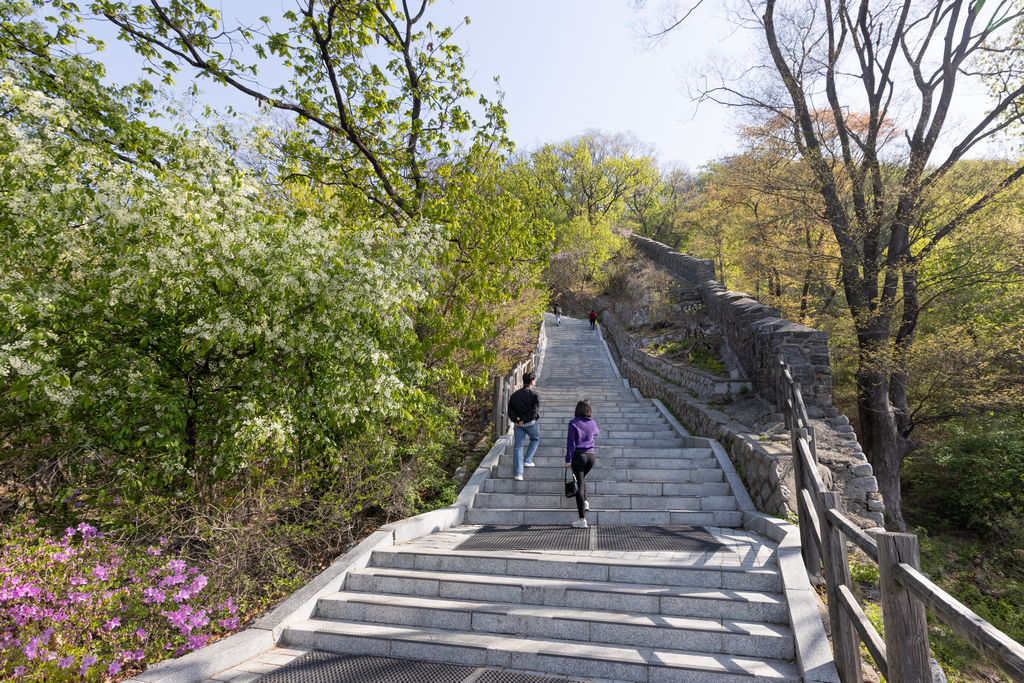
8. Gwangjang Market
Got your mind set on street food? Look no further than Gwangjang Market in Soul’s Jongno District in the northern side of the city. When I think night markets I tend to think of food, and honestly, none of the other night markets I visited in Seoul came close to the amount of food that was on offer here.
You will find a huge selection of Korean street food available in Gwangjang Market. Try the Kimchi Dumplings, Soondae Blood Sausage with Tteokbokki Rice Cakes, Korean Fried Chicken, Mung Bean Pancake, Makgeolli rice wine, and so much more.
Seoul locals seem to get hungry around the same time, so peak hour crowds from 6 to 7pm can be fierce. If you want to avoid the mayhem, then try visiting just a little later around 8pm.
- Opening Hours: restaurants are open from 8.30am to 11pm. The best time to visit is around 8pm.
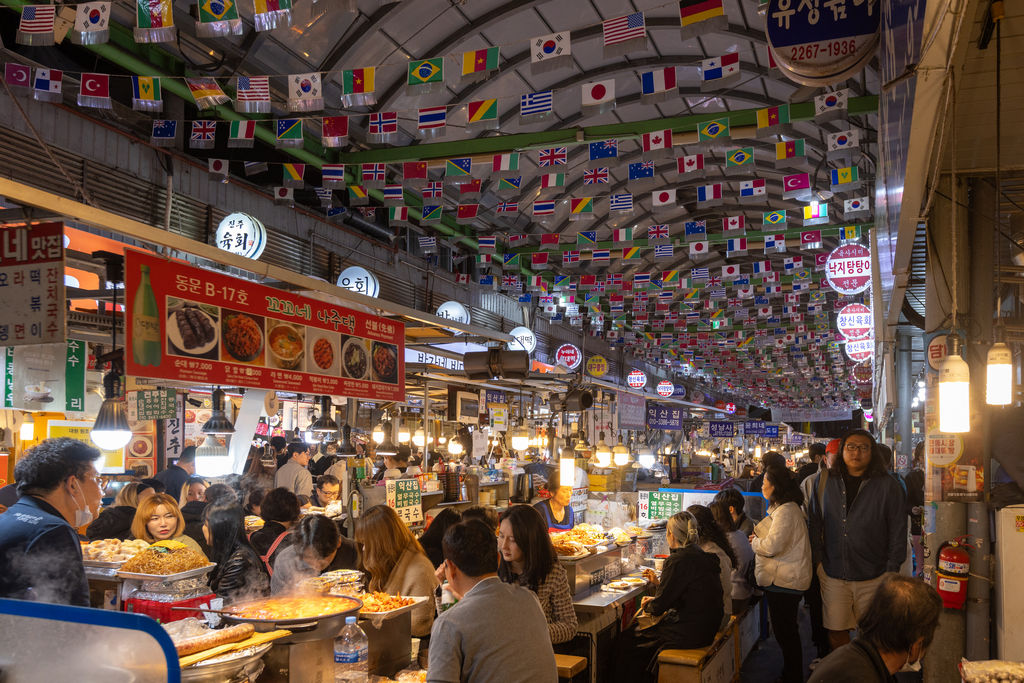
9. Namdaemun Market
The Namdaeman Market has a totally different vibe to the Gwangjang Market. Here you will find narrow alleys lined with wholesaler stores open most of the night. People come to buy clothes, homeware, electronics, and even souvenirs in bulk. It’s not exactly what I was after from a market.
In the afternoon there are the obvious street food stalls where you can grab a quick snack, but I recommend searching beyond this. Hidden in the small side alleys you’ll find foodie gems like Kalguksu Alley and Galchi Jorim Alley which offer tasty hand cut noodles and go a step beyond everything else out on the street.
I wouldn’t have found this without Chris Cho’s food guide to Namdaemun Market, it’s definitely worth a read.
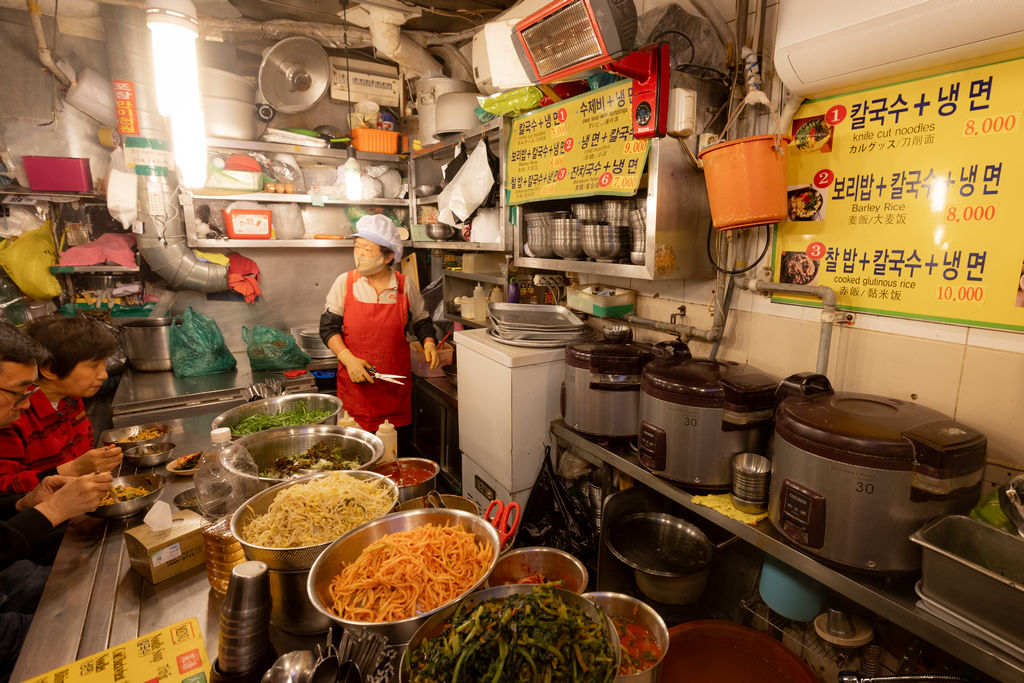
10. COEX Library and Mall
South of the Han River in the swanky Gangnam District you will find the huge COEX Mall along with the trendiest library in South Korea. COEX Library has photogenic shelves of books stacked from the floor to the glass domed ceiling. I wonder how all these books are meant to be reached, perhaps this is not the point though.
Despite how busy the library gets with photo-taking tourists, you’ll be surprised by how peacefully quiet it remains. Pop in to explore, sit back and people watch, and possibly read a book (if you can understand Korean).
- Opening Hours: 10.30am to 10pm, 7 days a week
- Entry Fee: Free
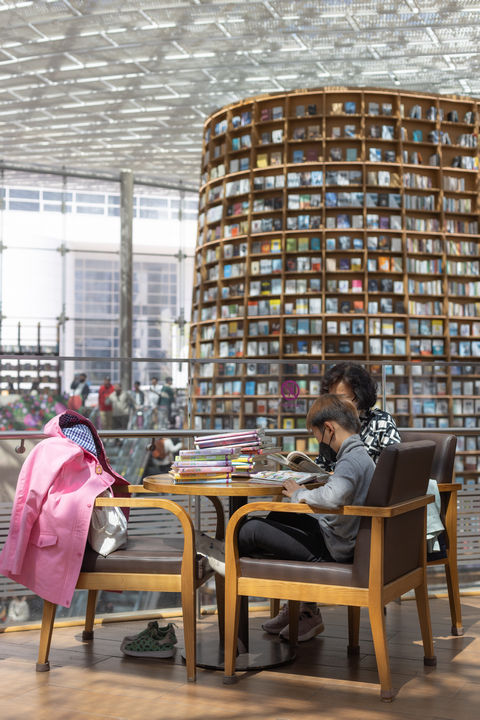
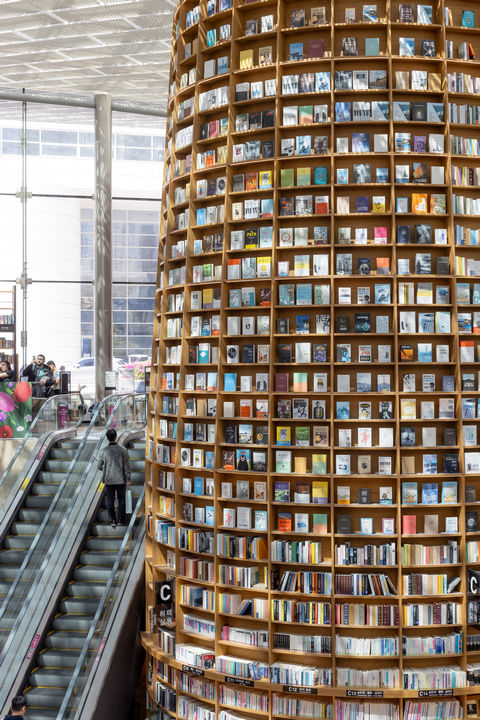
11. Bongeunsa Temple
The Bongeunsa Temple Buddhist temple is located around the corner from COEX Mall in the Gangnam District. This huge temple complex dates back to 794 and was the largest Buddhist temple built in the Joseun Dynasty.
Visit during April or May and you’ll be lucky enough to witness the thousands of colorful lanterns as part of the annual Lotus Lantern Festival. Don’t be disappointed if you miss the lanterns though, because the beautiful temple grounds including its meditation trails are still totally worth exploring at any time of the year.
- Opening Hours: 3am to 10pm, 7 days a week
- Entry Fee: Free
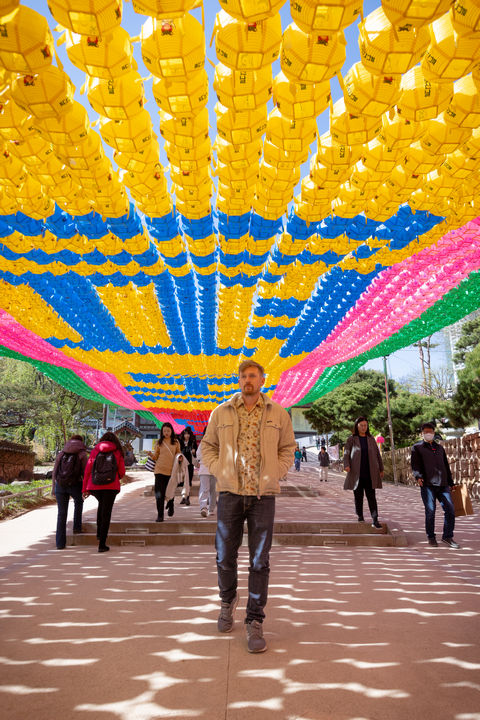
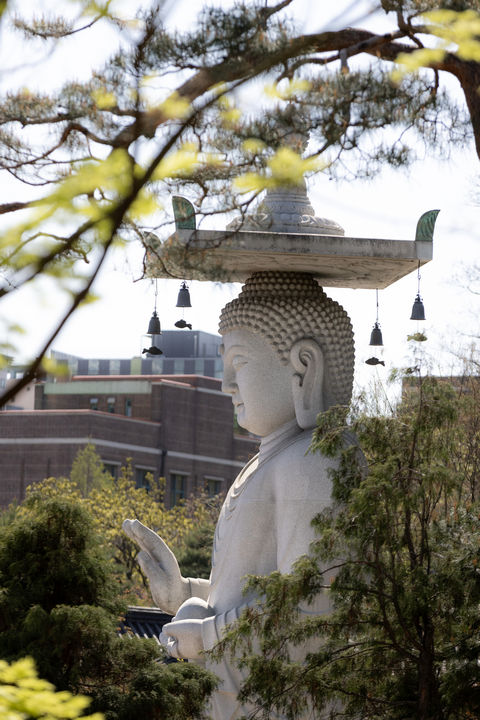
12. Yeouido Park
Yeouido Park is one of the most impressive parklands to explore in Seoul. During the April Cherry Blossom season the 3.2 kilometre walking loop is lined with these photogenic trees. Within the park there are great places to relax and gaze up at the surrounding skyscrapers that make up Yeouido’s CBD.
For sunset head down to the Han River foreshore at the nearby Yeouido Hangang Park. During spring and summer weekends you’ll find lots of street food and live music. Grab a cold can of Hite or Cass Korean beer from the 7/11 (everyone does this) and park yourself at one of the street performances. While all songs were in Korean, I personally had a great time watching local singer BoonBoongToYou.
Tip: While thousands of people will cram into the foreshore walkway at Yeouido Hangang Park to see the Cherry Blossoms, the crowds are far less intense just a little further back at Yeouido Park. It’s a subtle name difference and a 5 minute walk away. Take some great photos there and tank me by following my Instagram page here 😉
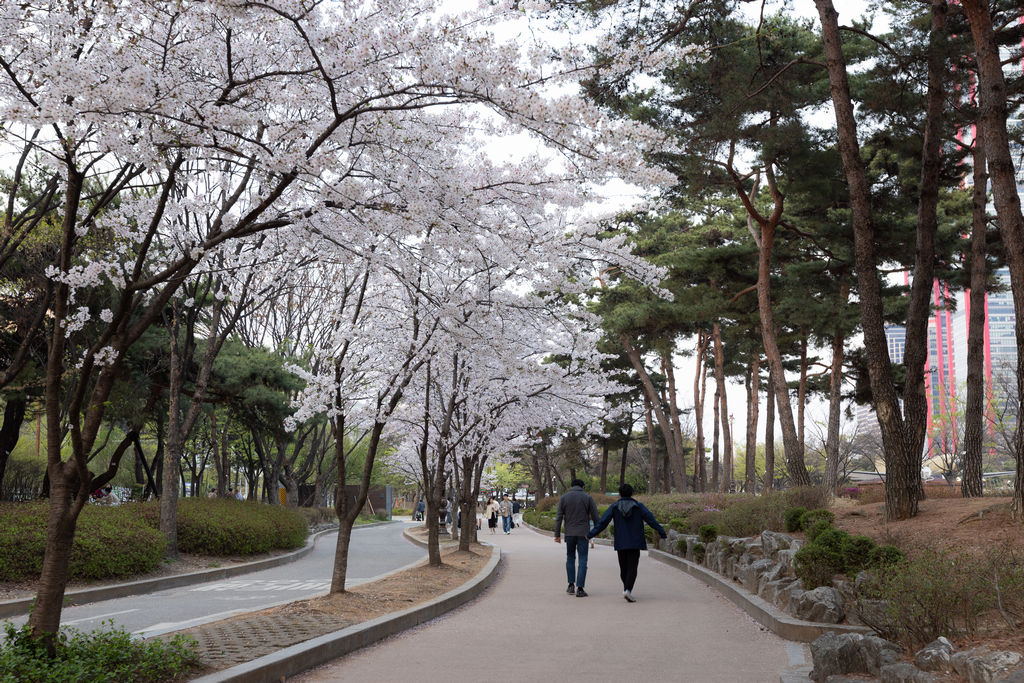
What to Eat in Seoul
Korean food is amazing and there is such a huge range available. Even if you were to eat something different every single day you’d still have plenty of options. Of course, start with a good Korean Barbeque and bottle of Soju, but then make sure you explore these 15 amazing Korean dishes around the city. From Kalguksu Hand Cut Noodles to Kimchi Jjigae Stew, we’ve got you sorted.
Which Map to Use in Korea
Google Maps doesn’t function properly in South Korea due to government restrictions on certain satellite data retention by apps. Instead, locals use Naver Map or Kakao Map. After trying both alternatives I recommend using Naver Maps as the language can be set to English. Kakao Maps provides travel direction in Korean only making it challenging to use.
How to Get Around Seoul
Public transport works amazingly well across the city. Buses and trains will be recommended by Naver Maps and are easy to find. Trains stop at midnight, so you’ll need to rely on buses any later.
Public transport doesn’t accept cash payments. Get yourself a T-Money card from a 7/11 store and top up your required balance with cash. For one week in Seoul you should be fine topping up about 20,000 KRW, and you can top up more if required later.
Note: T-Money cards can only be topped up with cash. If you’ve only got a debit card, you’ll first need to withdraw cash then top up. This might change in the future.
Where to Stay in Seoul
Seoul is a huge city with loads of different areas to stay. There are three separate centers including Gwanghwamun, Yeouido, and Gangnam with plenty to see and do in between also.
Check out these top 10 hotels in Seoul. If you want to visit lots of temples, markets, and bars then staying in the areas surrounding Gwanghwamun like Myeong-dong. But remember, it’s fairly easy and cheap to get around the city from wherever you are staying.
Got any Questions on Seoul?
Connect with me on Instagram and feel free to shoot me a direct message. I’m happy to point you in the right direction or just offer a general review of your planned Seoul itinerary. Of course, I’d love for you to follow my account too 😉
